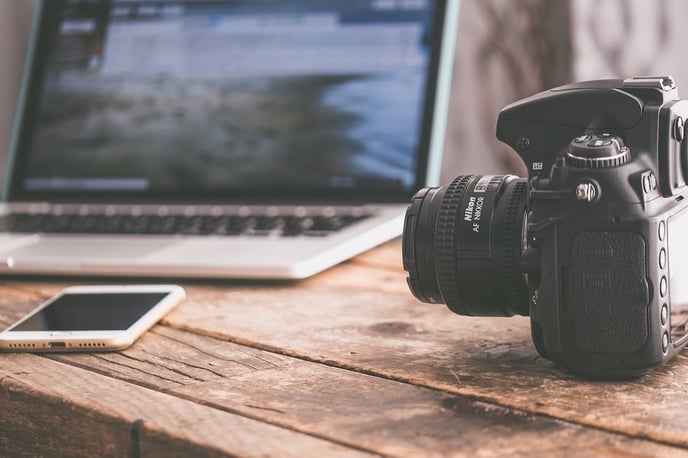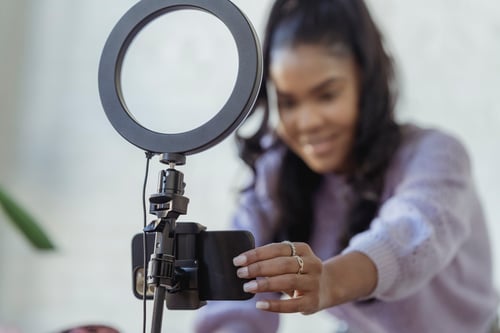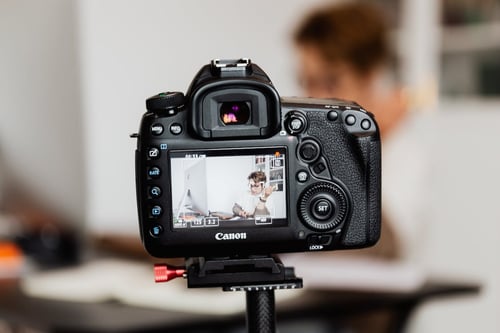
Whether you're a seasoned editor or just starting out, it's important to know the best practices and common mistakes to avoid when creating your video content. In this article, we'll provide you with a comprehensive guide to the "do's" of video editing, including tips for planning your video, using good quality footage, experimenting with camera angles and shots and using appropriate music and sound effects.
We'll also go over the "don'ts" of video editing such as avoiding overuse of special effects, not using copyrighted material without permission, and not rushing through the editing process.
By the end of this article, you'll have a better understanding of how to create engaging and effective video content that will captivate your audience.
DOs:
- DO plan your video before you start editing. This includes:
- creating a storyboard
- outlining your shots,
- considering your desired outcome.
- DO use good quality footage. Make sure your video is in focus, well-lit, and free from unnecessary distractions.

- DO use appropriate music or sound effects to enhance the mood or tone of your video.
- DO cut from the audio track not the video track to ensure accuracy and save time editing.
- DO use B-roll footage to help tell the story visually. This can also be used as a band-aid to cover up less desirable footage or cuts made.
- DO experiment with different camera angles and shots to add variety and interest to your video. Including zooming in and repositioning the frame.

- DO consider your audience when editing. Make sure your video is engaging and informative for your intended viewers.
- DO use Text on screen to emphasize important points. Using a drop shadow under text makes it easier to read. Use text underneath clients in the lower third of the screen that has their name and title. (Recommended free font: Lemonmilk)
- DO audio editing. There will be a bouncing meter in your editing bay that shows you the decibel level of the sound. 0db is where your audio becomes distorted. Dialogue should be between -6db to -12db. Music tracks with no dialogue can be between -8 db to -14db. When there is dialogue at the same time with music. The music tracks needs to be between -22db to -27db. So it doesn’t compete with the dialogue.
Advanced Tips
- Go through your edit and remove the “ands” “ums” “butts” and the time waste longer then a second. This creates engagement, makes the person sound very professional and creates seamless dialogue.
- Cross fade your audio tracks. This can be done through either key framing or pre designed effects. They are usually under the title audio transitions in your effects panel.
Dont’s
- DON’T get hung up on a really cool piece of video you shot , especially if it doesn’t support the story.
- DON'T overuse special effects or filters. Keep it simple and use them sparingly.
- DON’T use cross dissolves for anything except showing the passage of time.

- DON'T use copyrighted material without permission. This includes music, images, and video clips.
- DON'T forget to check your audio levels. Make sure the sound is balanced and free from background noise or interference.
- DON'T rush through the editing process. Take your time to review and revise your video until it meets your desired outcome.
- DON'T forget to include a call to action in your video. This can be a request to subscribe, like, or share your video.

- DON'T neglect to preview your video before publishing. Make sure everything is in order and there are no errors or glitches.
- DON'T film in an environment that is noisy.
- If you don’t have a choice then make sure the noise is seen in the background on camera. This way the audience becomes desensitized to it and they will hear the dialogue better.
- DON'T leave harsh edges on frames or images inside the frame. Use feathering tools to soften edges.
- Advanced tip: Use masking to make a nice edge to a frame.
- DON’T resize your text by dragging the dialogue box bigger. This, in many cases, will cause the text to pixelate. Use the font size selection to change the font size.
- DON’T leave unwanted frames at the end of track during a transition. This can result in artifacting on the screen.
